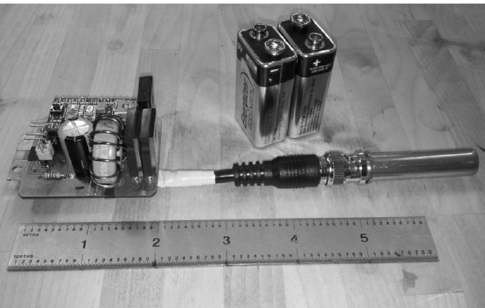<p style="text-align:justify"><font size="3"> Propulsion is achieved by the thrust generated in a vehicle's engine. Thrust is commonly measured in units of force, such as the Newton unit. In outer space, propulsion provides for a satellite's motion. It allows satellites to be maneuvered for tasks such as displacement, orbit transfer, and attitude control.</font> </p><!-- [et_pb_line_break_holder] --><br> <!-- [et_pb_line_break_holder] --><p style="text-align:justify"><font size="3">Electric propulsion uses the energy found in moving charged particles, such as in electric current. This energy is used in turn to accelerate propellants that provide the bulk of the thrust generated. When a propellant becomes ionized by the increase of energy in its original state, the propellant then exists in a state of plasma. This engineering application is often referred to as plasma propulsion. Many types of plasma thrusters have been developed over last 50 years. The vast majority of plasma thrusters can be generally divided into three main categories, depending on the mechanism of acceleration. These categories are: (1) electrothermal, (2) electrostatic, and (3) electromagnetic.<p style="text-align:justify"><font size="3"><!-- [et_pb_line_break_holder] --><br><!-- [et_pb_line_break_holder] --><p style="text-align:justify"><font size="3">Recent trends in space exploration point to a paradigm shift towards small and efficient satellites, or micro- and nano-satellites. One example of a micro-thruster is the micro-cathode arc thruster (μ CAT). The μ CAT produces thrust during vacuum arc discharge. Thrust is produced when the arc discharge erodes some of the cathode at high velocity and is accelerated out the nozzle by a Lorentz force. Thrust is controlled by varying the frequency of pulses with demonstrated range to date of 1–50 Hz, producing thrust ranging from 1μ N to 0.05 mN.<p style="text-align:justify"><font size="3"><!-- [et_pb_line_break_holder] --><br><!-- [et_pb_line_break_holder] --><p style="text-align:justify"><font size="3">Current Projects include: (1) high thrust to power ratio microthrusters, (2) discharge ignition phenomena in plasma microthrusters, (3) multi-stage micropropulsion, and (4) linear-drive micro-cathode thrusters<p style="text-align:justify"><font size="3">
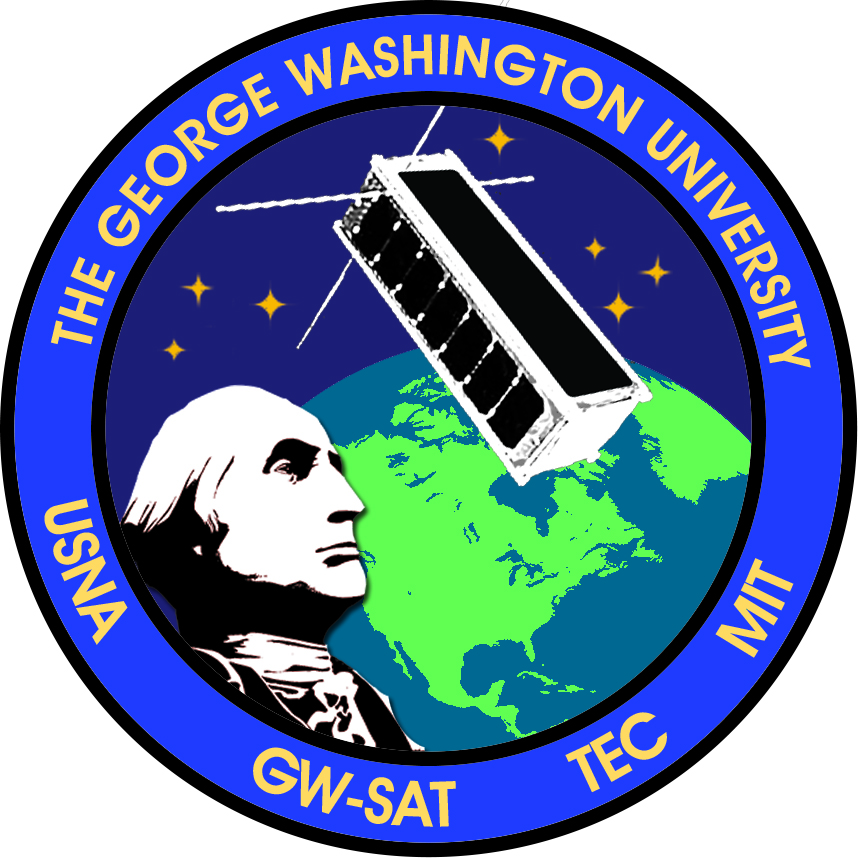
<p style="text-align:justify"><font size="3"> The George Washington University School of Engineering and Applied Science’s Micro-Propulsion and Nanotechnology Lab in the Department of Mechanical and Aerospace Engineering will provide the design, construction, testing, and documentation of the 3U CubeSat which will be launched into low Earth Orbit by NASA.</font></p>
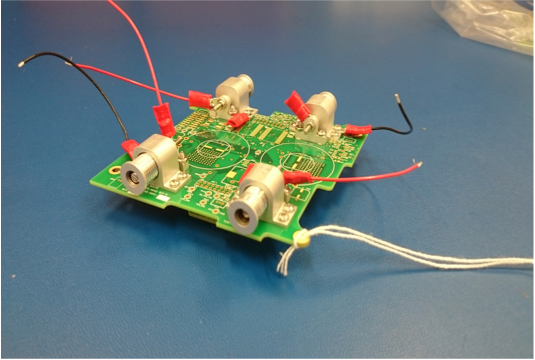
<p style="text-align:justify"><font size="3"> The NASA Ames phonesat experiment allowed MPNL-built thrusters to be tested for their ability to provide attitude control and orbit maneuvers for small satellites.</font></p><!-- [et_pb_line_break_holder] --><!-- [et_pb_line_break_holder] --><p style="text-align:justify"><font size="3">For more details about the project, click <a href="https://www.nasa.gov/centers/ames/cct/office/cif/2013/arc_thruster.html"> here</a>.</font></p>
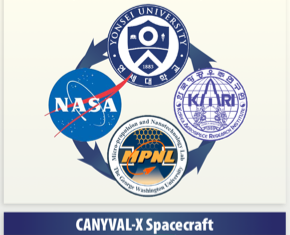
<p style="text-align:justify"><font size="3"> MpNL developed the mCAT thruster used for this mission, whose goal was to demonstrate virtual telescope alignment in space. </font></p><!-- [et_pb_line_break_holder] --><!-- [et_pb_line_break_holder] --><p style="text-align:justify"><font size="3"> For the NASA fact sheet, click <a href="https://svs.gsfc.nasa.gov/vis/a010000/a012000/a012025/FactSheet_v12.pdf"> here</a>.</font></p><!-- [et_pb_line_break_holder] --><!-- [et_pb_line_break_holder] -->
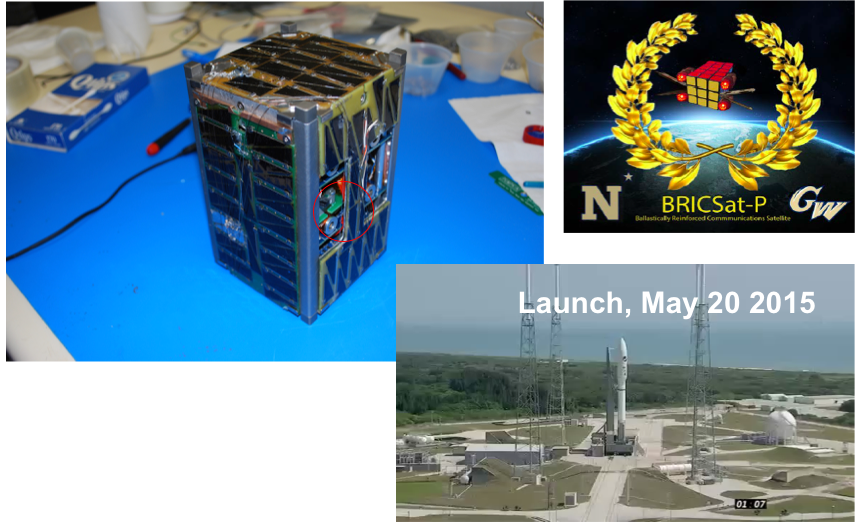
<p style="text-align:justify"><font size="3"> The BRICSat-P is a low-cost cube satellite built by the US Naval Academy Satellite Lab which used thrusters developed by MpNL.</font></p><!-- [et_pb_line_break_holder] --><!-- [et_pb_line_break_holder] --><p style="text-align:justify"><font size="3">For the GW Today article on this project, click <a href="https://gwtoday.gwu.edu/gw-researchers%E2%80%99-plasma-thruster-reaches-space"> here</a>.</font></p><!-- [et_pb_line_break_holder] --><!-- [et_pb_line_break_holder] -->

